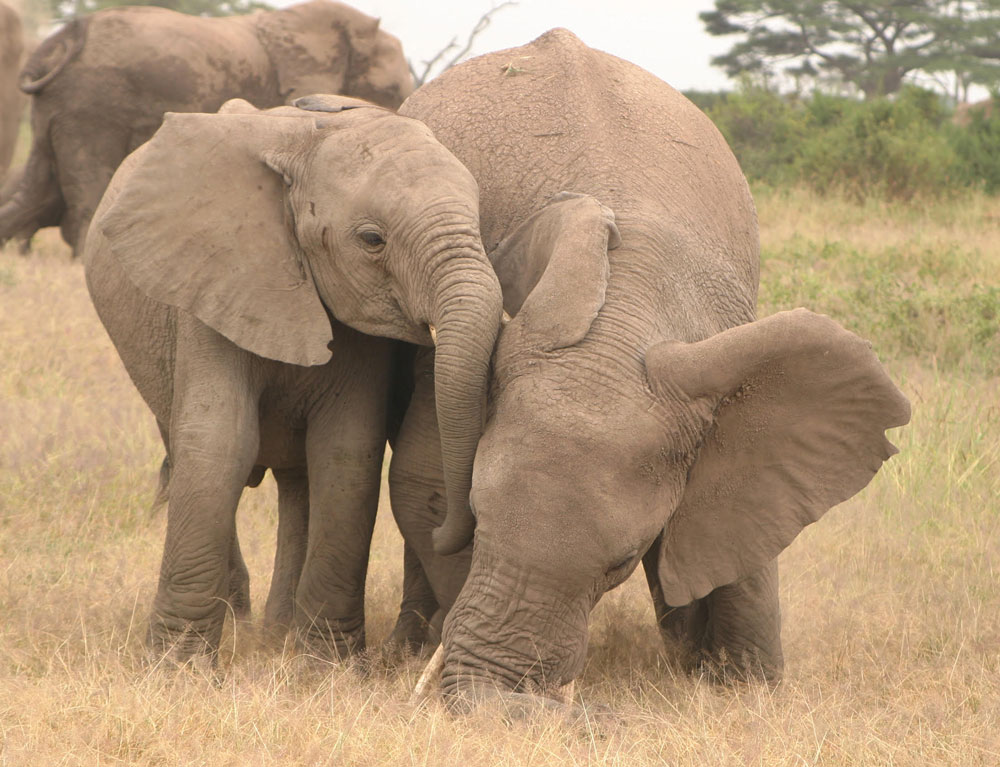Ooops - sorry - the requested page cannot be found. A so called 404 error...
An elephant may have tusked your connection:-).
An elephant may have tusked your connection:-).

The problem could alternatively be caused by ongoing work on the elephantvoices.org website - please come back soon!
Take care - and stay well!

